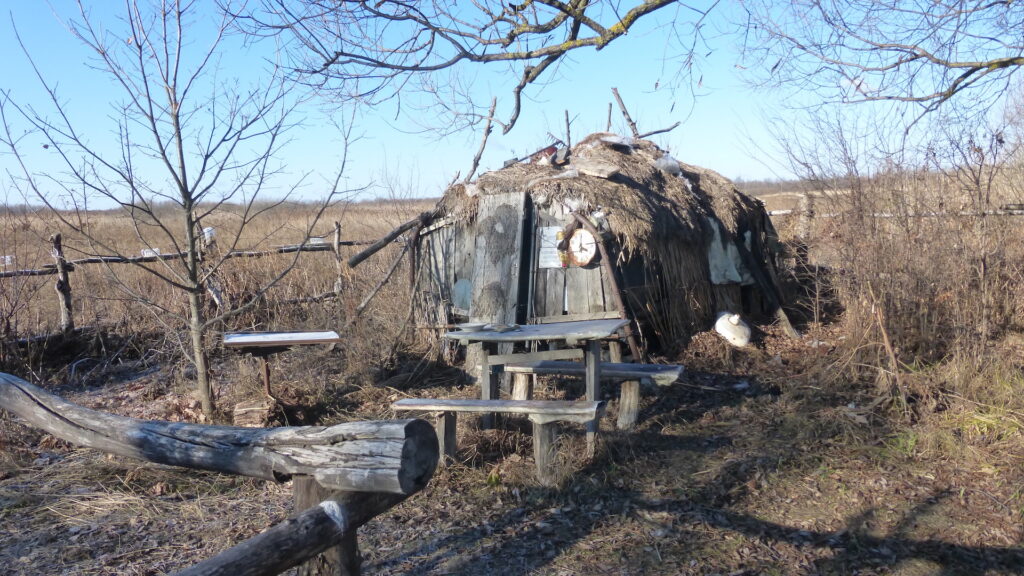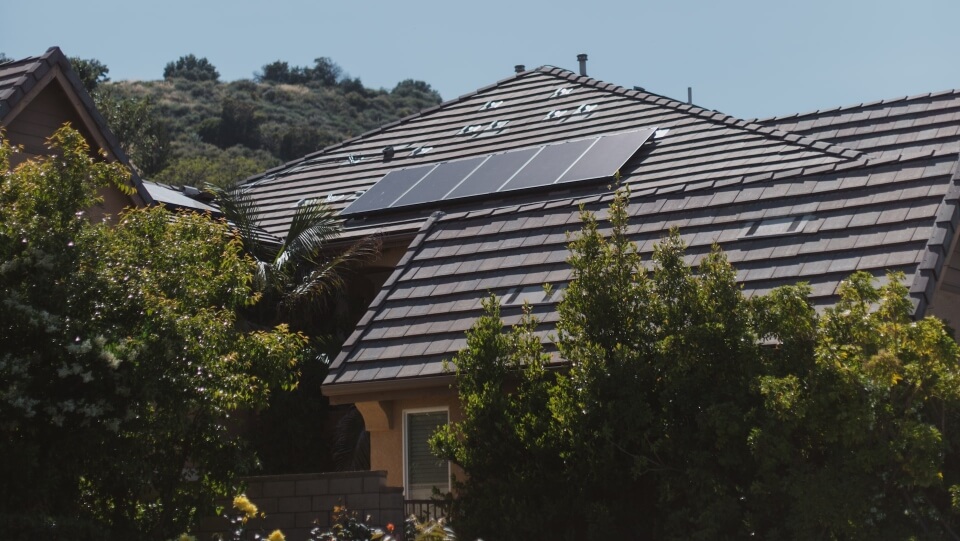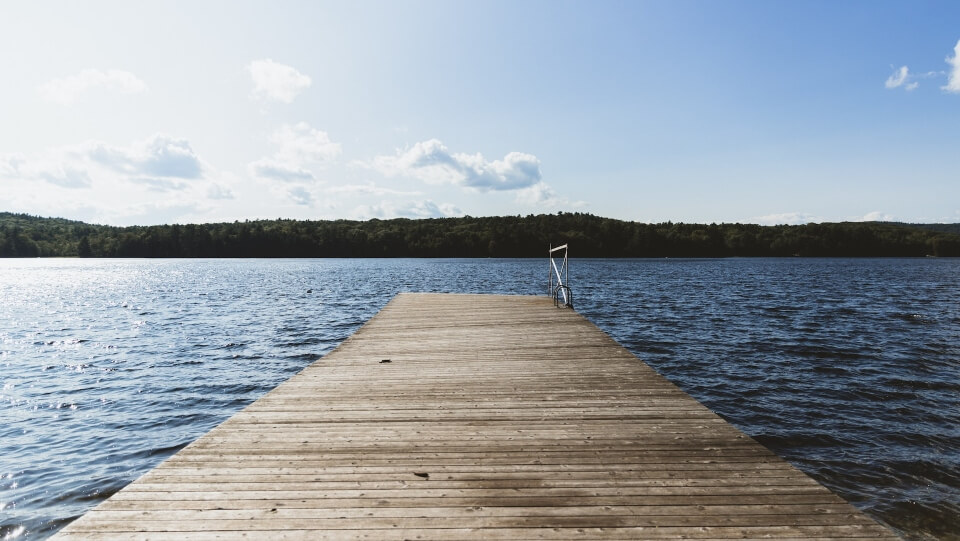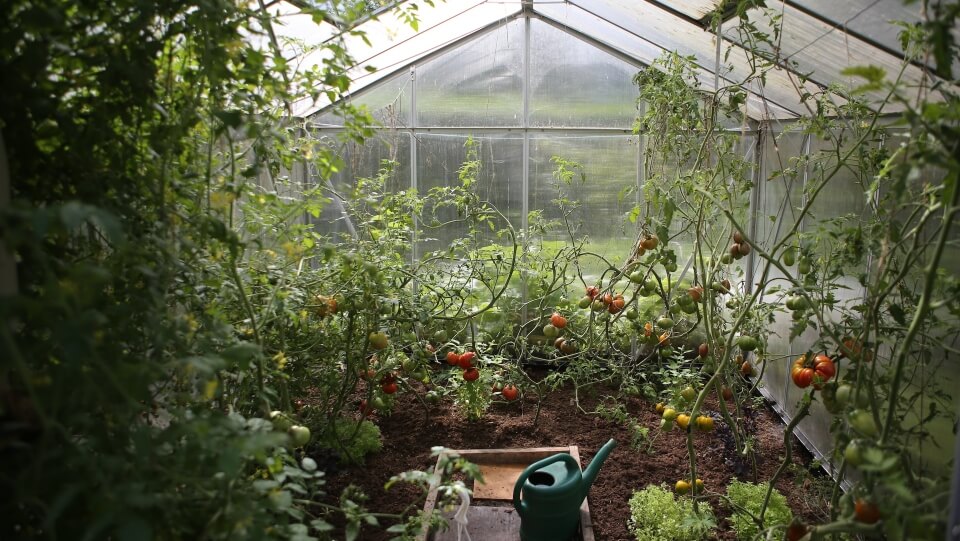A survivalist’s dream is to achieve self-sufficiency in their lifestyle. You can’t depend on someone else to help you, especially with how quickly it can hit the fan. Achieving self-sustainability starts with your home base.
Many survivalists enjoy living off the grid, which can be challenging initially. However, the following six home additions will help your house become a safer environment.
The following picture is NOT what we would classify as a “survivalist home”, but according to Yandex it is in Russia. ????????♂️

1. Solar Panels
Self-sufficiency begins with electricity. You may be unable to access municipal electricity if your home is far from the grid. However, sourcing your power means you’re not subject to some electric grid attacks in SHTF scenarios. Solar power provides ease of access.

Solar panels have become more affordable in recent decades as they’ve entered more markets worldwide. They produce energy without relying on an electric company. Now is an excellent time to get a solar panel because of the federal government’s rebates. You can claim a 30% tax credit through 2032 if you install solar panels and related equipment.
Solar panels are best for areas with lots of sunlight. However, your land may benefit from other types of renewable energy. Wind turbines are an excellent option if you live in a windy area, and micro-hydro systems work well if your home is close to a body of water.
2. Surveillance Post
Many survivalist homes are in rural areas, miles from the nearest paved road and gas station. However, there’s still a chance someone will walk onto your property without warning. At worst, they have violent intentions in their mind. You could also anticipate danger and need a reliable place to conduct surveillance while waiting. An observation post (OP) is the ideal addition.
OPs are standard in the military, as soldiers watch and warn their colleagues when danger is near. You can construct OPs on your property, and it’s a good idea to have three or four set up around the perimeter, depending on how large the area is. They typically look like a tower or treehouse and are one of the best physical security features you can add to your home.
3. Dock
Bodies of water can be another security feature for your survivalist property. Use a nearby lake, pond or river to your advantage. You’ll be able to see anybody coming from your OP, and you can use the water for any farm animals you have on the property.

If your property has a body of water, one addition you should make is a dock with a boat. This mechanism will help your evacuation immensely in SHTF scenarios. Wood or plastic are ideal materials. Making a dock from pressure-treated lumber is optimal because they last 10 years or longer if you maintain them regularly and keep a watchful eye on its condition. Plastic docks are solid choices because they won’t suffer from rot or decay.
4. Medical Room
A life of solitude and self-sufficiency can be fitting for many survivalists, but there’s still a need for health care services. You or a family member may need medical assistance, but you’re far from any doctor’s office. You’ll need to treat illnesses at home, so it’s wise to designate a room or construct a space for care.
Keep stockpiles of necessary medicines, thermometers, antibiotics and more. You should also have at least one first-aid kit if a SHTF scenario causes an injury. The medical room can also serve as a spot for quarantine. If you or a family member suspect you’ve contracted a virus, you can isolate the sick person until they get better. Set up multiple entrances and exits if the room is attached to the house.
5. Greenhouse
The next thing you need is food. Growing fruits and vegetables on your property promotes self-sufficiency and healthy living because you’ll have fresh and chemical-free food at your disposal. Greenhouses are an ideal way to grow plants, especially in the winter when temperatures aren’t conducive for cultivating produce. You’ll also have an easier time harvesting foods like tomatoes and peppers that need a lot of sunlight daily.

Greenhouses need a power source, so they’re another opportunity to use solar power. Solar panels are the best option for heating a greenhouse because it requires constant warmth throughout the day.
If a solar panel is unattainable, you can power the greenhouse through passive solar design. This structure only requires the sun for power and not any outside source. Most passive strategies have windows facing the south to maximize daylight.
6. Garage
A garage is an essential addition for survivalists. You can attach this facility to your home or have a detached structure. An attached garage may be best to ensure safe entry if you like to do your work at night.
You can use the garage for numerous functions. It could be a dedicated space for butchering and processing animal carcasses. Some survivalists use this area for woodworking or as an extra room for beds.
Upgrading a Survivalist Home
Survivalist homes are among the safest because they act as a compound. They produce their food and electricity and aren’t subject to the SHTF scenarios people in the city may face, like an electric grid attack or a pandemic. Use these six additions to improve your home, whether it’s your primary house or bug-out destination, and stay secure.
Author Bio: Oscar Collins is the editor-in-chief at Modded. Follow him on Twitter @TModded for frequent updates on his work!

